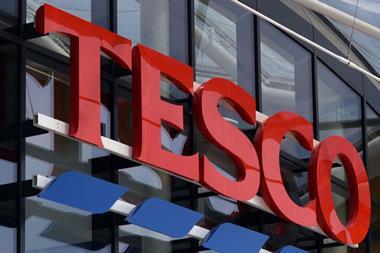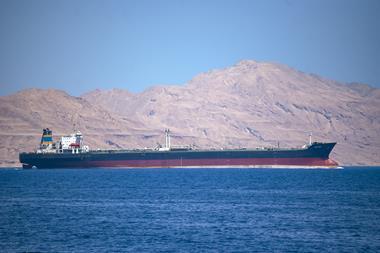Prices at the pumps have hit an 18-month high and the PRA is warning they will rise further as the effects of higher wholesale prices kick in.
PRA chairman Brian Madderson said: “The wholesale costs for both petrol and diesel rose by nearly 5ppl during the month of December, due to increasing global oil prices following on from the historic agreement between OPEC and key non-OPEC producers including Russia. However, prices on the forecourt moved up by only 3ppl, so there will be pressure for further increases.
He warned that prospects for 2017 looked disappointing, as oil prices were still increasing and a rise to $60 a barrel appeared likely if the producers “agreement” held firm. With oil priced in dollars, falls in the value of sterling could also push up prices.
He added: “Together these will hit wholesale costs and pump prices with the range 125ppl to 128ppl possible on forecourts across the UK by mid-2017.
“This represents a massive 25% to 30% increase in just 18 months and will impact inflation and living costs. The UK is a road transport economy and this disappointing outlook does not look set to aid economic recovery.”
Figures from RAC Fuel Watch show average petrol and diesel prices rose by around 3ppl in December taking them to their highest average prices since July 2015.
Data for the last month of 2016 shows unleaded petrol hit 117.23ppl on 29 December and diesel 119.63ppl having been 114.24ppl and 116.56ppl at the beginning of the month.
In the course of 2016 unleaded went up 14.5ppl from 102.99ppl at the beginning of January and diesel increased 13.64ppl from 105.99ppl, although the diesel price went on to reach a low at the end of January of 101.05ppl, meaning motorists are now paying 18.5p more a litre.
RAC fuel spokesman Simon Williams said: “The rising oil price is bad news for motorists as it caused a nasty jump in pump prices in the most expensive month of the year.
“While forecourt prices rose by 3p a litre in December as the RAC predicted, they didn’t rocket as others had forecast. The big question now is how much further are they likely to go up, particularly in the long January wait to the next payday.
“So far the price rises we’ve seen are purely down to the announcement at the end of November that OPEC and non-OPEC countries would be cutting oil production this month. Everything now depends on the strength of the deal and each country sticking to the agreed production levels. Russia will be of particular interest as it is currently producing at near record levels.
“We are optimistic that prices will not increase by another 3p a litre in January based on what’s going on with oil and wholesale fuel now, but if in the months ahead the barrel price was to get nearer to $60 and the pound was to weaken further then that would be the worst possible combination for motorists.
“Our current forecast for the next two weeks is for petrol to be around the 118ppl mark and for diesel to go up to around 121ppl. We should also say that we need the pound not to lose any more value against the dollar as fuel, like oil, is traded in dollars.”






























No comments yet